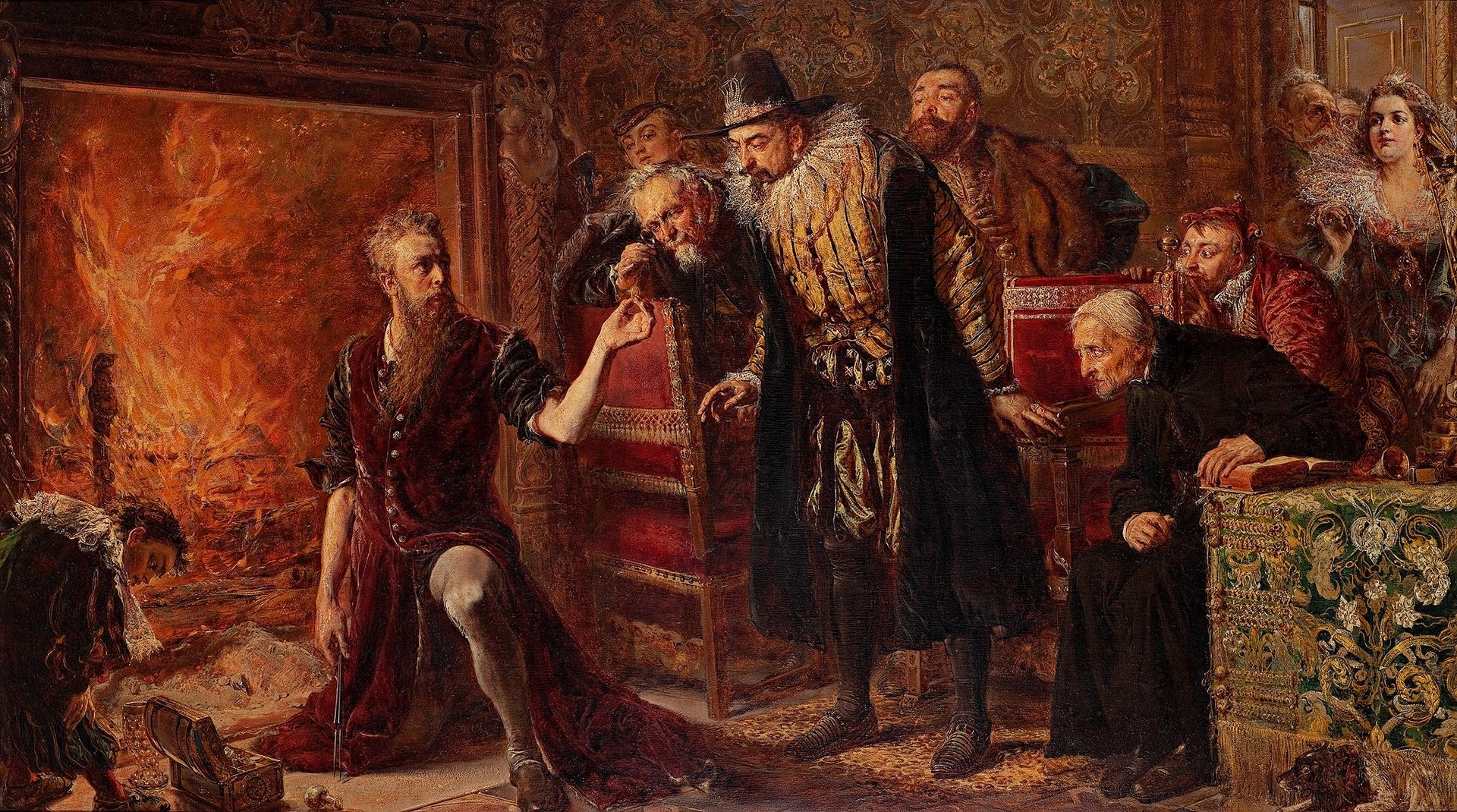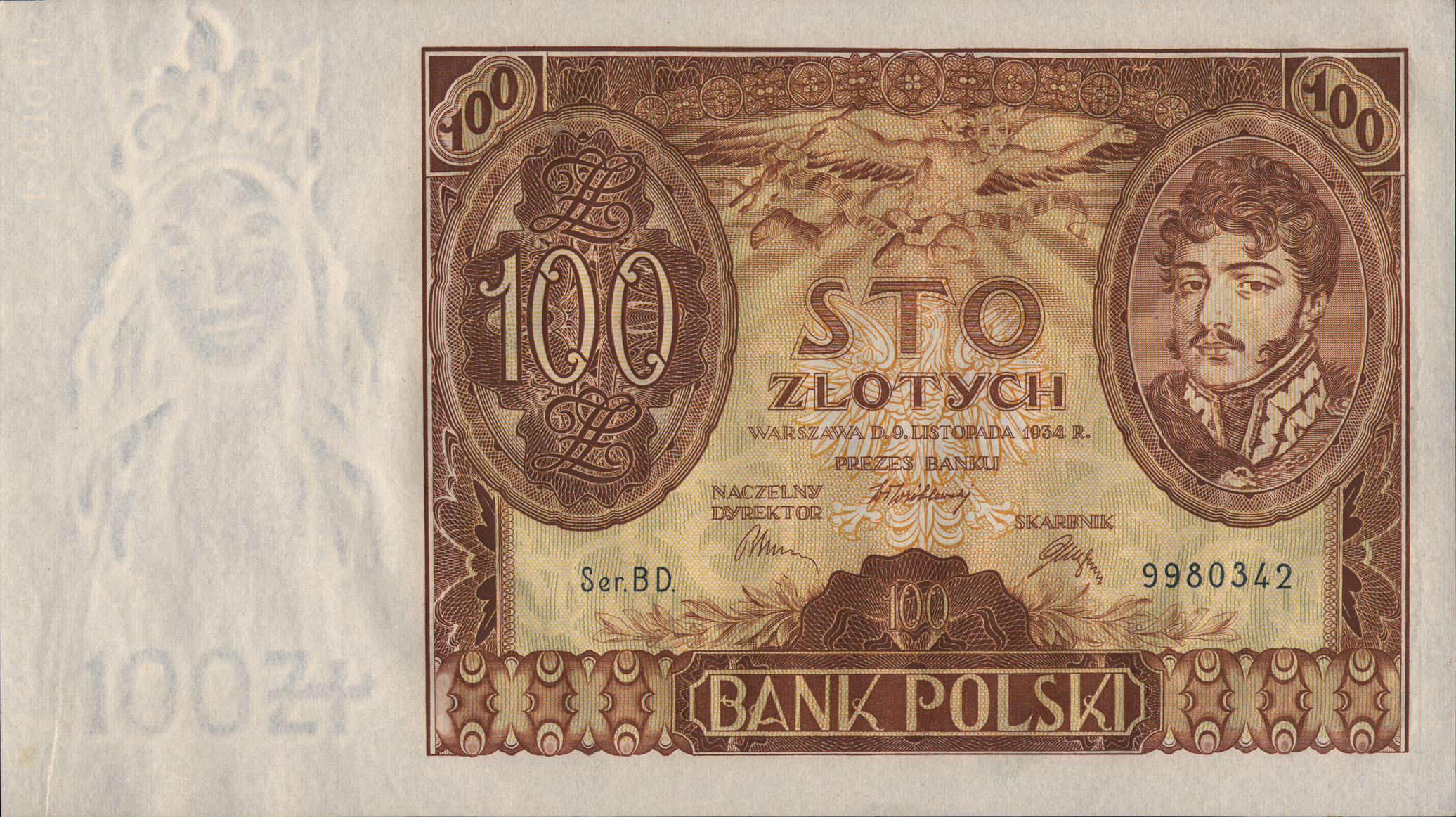“Poland never agreed to form an alliance against the Soviets. Piłsudski always used to say: ‘normalization yes, but alliance no’. It was a consistent element in Poland’s message throughout their discussions with German representatives. Meanwhile, Hitler wanted to go to war, and he did not want stability in Europe”, says Krzysztof Rak, managing director of the Foundation for Polish-German Cooperation and expert in international relations.
polishhistory: There has been so much written on the subject of the Third Reich. However, you say that our historiography does not fully cover the diplomatic history of this period. Why is this so?
Krzysztof Rak: Indeed, the Third Reich and Hitler are among the most thoroughly researched topics in Poland. There are, however, some gaps, including on Polish-German relations during this period. In Germany, no research has been carried out on this topic because everyone thinks that Polish-German relations were of a secondary nature, while in Poland it is believed that everything has already been researched and that there is nothing more to uncover. This is a mistake, because when we look at the interwar period in general, it is clear that Polish-German relations have been poorly studied. Apart from one outstanding monograph by Stanisław Żerka, which concerns only the last 11 months of peace, other monographs devoted to the period of 1918-1938 are outdated today. The entire period of the Weimar Republic, which is crucial for an understanding of Poland’s diplomacy of the time, is ignored. Clearly, such a monograph needs to be written today.

When it comes to Poland’s other main diplomatic “partner”, Russia, the case is exactly the same. Existing monographs, even those written after 1989, simply do not include sources about Stalin published in Russia in the 1990s and the beginning of the 21st century. However, one cannot address the history of Polish-Soviet relations without Stalin, and Polish historiography, what is surprising, does it. There is also a third topic that should have been studied a long time ago: the case of the Western powers and their policy of appeasement. The matter is fundamentally important to the history of Poland,, and yet there is no monograph devoted to it. Clearly, key monographs on Germany, the Soviets and the Western powers at this time are lacking.
You mentioned that the delay in research was partly caused by the historical narrative of the era when Poland was under communist rule, a time when it was assumed that we already knew everything that we needed to know.
I do not know whether we can we really blame those studying international relations during this period, because researchers at that time were under significant political pressure. Rather, we should ask modern researchers why they have not filled in these gaps over the last 30 years. Anyway, I’m definitely not saying that all the research carried out when Poland was under communist rule should be thrown away. On the contrary, what was done in this period could be a good place to begin further research about the Polish Republic, yet there are no contemporary researchers willing to undertake this task. Unfortunately, this era remains unexplored.
What was the difference between the policy towards Poland adopted by the Third Reich and the one by the Weimar Republic?
Let us note that when we talk about the Third Reich, we are talking about the period between 1933-1939 and that is what my book Polska. Niespełniony sojusznik Hitlera [Poland. Hitler’s unfulfilled ally] is about. After 1939, the policy of the Third Reich towards Poland changed radically. But when Adolph Hitler first rose to power in 1933, he also introduced a shift in German foreign policy. The policy of Weimar Germany towards Poland had been very one-sided and focused on one goal – the revision of the eastern border of Germany, i.e. to reclaim Pomerania, the so-called “Polish Corridor”, and incorporate Gdańsk into the Reich. It was also focused on reclaiming the part of Upper Silesia that had been granted to Poland, along with other minor border adjustments. The Weimar Republic’s success in this effort would have been a catastrophe for Poland, as territories in the west and north would have been cut off and stripped of their access to the sea.
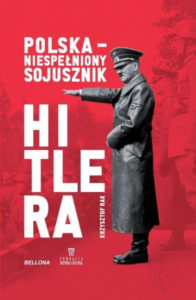
Fortunately, the Weimar Republic lacked an army according to the terms of the Versailles Treaty and was thus not able to achieve this goal via military force. Therefore, their foreign policy – especially after the Locarno Pact in 1925 – was targeted at persuading the Western powers to peacefully change the borders in favour of Germany. This was the greatest challenge for Poland’s foreign policy at that time. The policy of the Western powers between 1925-33 helped bring Germany closer to this goal. Furthermore, between 1932–33, the French, as confirmed by diplomatic correspondence, were urging the Germans to make efforts to revise the border. And take note that all of this occurred at a time when France was also Poland’s main ally. The Franco-Polish Alliance of 1921 was foundational to Poland’s security, and could be compared to today’s North Atlantic Treaty.
What changed in this landscape following Hitler’s rise to power?
Hitler made some friendly gestures during his first conversation with the Polish envoy Alfred Wysocki in May 1933. At the beginning of 1933, Józef Piłsudski was galvanizing Polish foreign policy. He was trying to play Hitler and Stalin off each other, and in that effort was sending signals to both dictators – one to the west and the other to the east. Hitler received these polls very quickly, and during a conversation with Wysocki stated that Polish-German relations would be conducted under the terms of already existing treaties. This meant actual recognition of the status quo, which had been contested by the previous governments of the Weimar Republic. Soon after Germany left the League of Nations after the disarmament conference in 1933, Piłsudski decided that Poland’s security was under threat, and he turned to Hitler for resolution. Hitler unexpectedly agreed and said that he was ready to conclude a non-aggression treaty with Poland. Although the treaty could not be concluded, the German–Polish Non-Aggression Pact was announced on 26 January 1934 to the huge surprise of European policy makers. The Western powers and other countries were accustomed to the traditional hostility between Poland and Germany and were not prepared for normalization.

What was behind such a radical turn? From a position of overt hostility, the Germans quite suddenly switched to a neutral, if not friendly, position.
Until now, there was a perception that it was simply a tactical decision on Hitler’s part – that he was deceiving the Poles – because of his isolation on the international arena since coming to power. This isolation thesis dominates even in German historiography of this period. However, I have to pose the same question Professor Mark Kornat did: Is it truly possible to isolate a world power? In my opinion, isolation was out of the question. In addition, there are sources that agree that Hitler had a plan which included a rapprochement with Poland. Here one has to reach for Mein Kampf in which Hitler defined the acquisition of living space for the German people as his main political program. This acquisition of living space could only take place in the east, on the territory of Soviet Russia. This had been the primary goal of Germany’s foreign policy since 1933.
Of course, when one looks at the map, one can see that Germany did not share a border with the Soviets, and since Poland lay in the middle something obviously had to be done about them. While Germany might have considered going to war with Poland, the Poles’ ongoing alliance with France presented a problem. Despite the fact that French policy at the turn of the twenties and thirties was strongly adverse to war, it was completely unclear how they might behave if Poland was invaded. This uncertainty came with the possibility of exposing Germany to a war on two fronts, something which Hitler definitely did not want.
The second argument against war, and for alliance, was that in the early 1930s there was a conviction that Poland had a strong army – we were able to mobilize a million soldiers. What’s more, Hitler was already aware at that point that something had to be done with the Western powers. He had considered the possibility that he might have to defeat them first before moving east. Of course, he also considered the possibility of negotiating neutrality with the Western powers in the event of an attack on the Soviets. In this case, an alliance with Poland might discourage the Western powers from opposing the plans he had for the east. For these reasons, Hitler sought not only a normalization of relations, but even an alliance with Poland.
So Hitler functioned according to a completely different set of goals than has been imagined and that Germany has believed so far?
Indeed – Hitler clearly stated in Mein Kampf that he was not interested in regaining the territories that Poland received as a result of the Versailles Treaty, because it was simply not enough. The Germans needed a huge amount of space, and he had even calculated how much: 500,000 square kilometers. It was an area larger than the area of Poland at that time. Such a space could only be found in the east.

Even though relations between Poland and Germany strengthened, traditional sources of conflict remained, for example, Gdańsk.
Let us remember that as a result of the Treaty of Versailles, Poland did not receive Gdańsk. The League of Nations had superior rights, while the government in Warsaw handled foreign policy and enjoyed certain economic rights, such as access to the harbour and import/export rights. When it came to internal policy, however, it was devoid of any influence. Although it was formally independent and not part of Germany, Gdańsk’s political system was essentially a German one. Until 1934, the Gdańsk authorities were openly hostile towards Poland to such an extent that the policies of the city authorities were often incompatible with the interests of Gdańsk as a whole. In the end, these efforts to hinder the implementation of Polish laws resulted in the construction of the nearby city of Gdynia by the Polish government. This new city quickly proved to be serious competition, taking over a large part of the freight traffic and posing a serious problem for the Gdańsk economy because it was doomed to serve Poland only. The Reich alone could not always help, because they had to take care of, for example, the interests of the Hamburg harbour.
However, after 1933, one of Hitler’s first decisions after coming to power was to calm things down in Gdansk.
From May 1939, the Nazis reigned supreme in the city, winning by a majority in the local elections. This also shows the scale of support for Germany in Gdansk – Hitler had never won domestic elections alone (for as long as they remained democratic). Afterwards, sentiments cooled down, but Polish-Gdańsk relations were never idyllic, as evidenced by the crisis of 1935. The crisis was caused by the devaluation of the Gdańsk gulden, which led to problems in bilateral relations as from the very beginning, Hitler had been afraid of attempts by the Poles to expand their rights and include Gdańsk in the Polish currency area. This crisis eventually turned into a dispute between Poland and Germany. Indeed, the introduction of the zloty was considered, but Warsaw backed off very quickly, and Polish Foreign Minister Józef Beck did not seem to know what he wanted. The ensuing controversy was only resolved after a few months as a result of Hitler’s and Göring’s intervention.
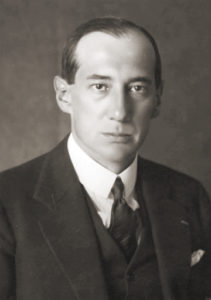
When we talk about the diplomacy of that period, everyone has heard about Józef Beck, and everyone knows what Hitler believed about the main goals of German foreign policy. While those knowledgeable about these events have heard of Józef Lipski, those who know little may have never heard of him. Who, then, should be mentioned among the policy co-creators on both sides?
It is not a coincidence that we do not know much about background figures, because, in fact, throughout 1933-39 it was Hitler who was making the key decisions and ignoring the recommendations of the German Ministry of Foreign Affairs. There were even cases of sabotage, because the German Ministry of Foreign Affairs was determined to continue the so-called ‘Rapallo line’, i.e. German-Soviet cooperation. Speaking about the German shift in foreign policy, we must remember that it consisted not only of improved relations with Poland, but also the breaking off of cooperation with Moscow. It took Hitler almost a year and a half to push it through the Berlin Ministry of Foreign Affairs.
As for Poland, until 1935, Marshal Józef Piłsudski was its only driver. After his death, Józef Beck remained the only decision-maker over Polish-German relations who believed that he was implementing the Marshal’s will. Decisions on both sides were being made at the highest level. Hermann Göring, who was the liaison for contacts with Poland, could have had some influence on Germany’s policy, but his position was also related to the fact that he was carrying out Hitler’s orders, and sidestepping the disobedient Ministry of Foreign Affairs.
It is interesting to consider that despite Hitler’s authoritarian governance, he encountered such resistance from his own diplomats.
This is true, although this is not the only case. Before Polish-German relations strengthened, Polish-Soviet relations had also improved. Here, too, from 1930, Stalin tried to normalize relations and convince Piłsudski to sign a non-aggression agreement. He only succeeded in early 1932. Stalin also had a problem persuading the People’s Foreign Affairs Commission, i.e. the Soviet Ministry of Foreign Affairs, to normalize relations with Poland. People’s Commissar for Foreign Affairs Maxim Litvinov and his colleagues believed that the Rapallo line should be continued and that Soviet relations should be based on those with Germany. Here, moreover, we can see that both dictators understood Poland’s significance. This element is often not stressed in international historiography, because the narrative primarily focuses on relations between the big power countries. Nevertheless, Poland played a special role at that time. A role that can be clearly seen when comparing Polish-German and Polish-Soviet relations, however, this perspective is seldom understood.
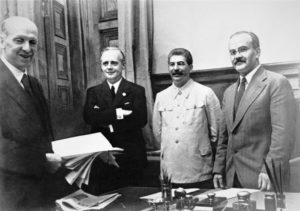
If it was so good, why did it end so badly? What led to the change and to the events of September 1939?
Several factors, but the main one was that Poland never agreed to form an alliance against the Soviets. Piłsudski always used to say: ‘normalization yes, but alliance no’. It was a consistent element in Poland’s message throughout their discussions with German representatives. Meanwhile, Hitler wanted to go to war, and he did not want stability in Europe. Since Warsaw had been saying ‘no’ to him all these years, there was no other way – he had to attack Poland. Paradoxically, the attack on Poland resulted from the same reason as the normalization of relations. It was about Hitler’s consistent implementation of his vision of international order in Europe.
Easy relations with Poland lasted as long as Hitler believed it to be the fastest and easiest way to open war. The second important factor is that throughout the 1930s, the Western powers, which should have been interested in stopping Hitler, instead encouraged him to expand his influence in Central and Eastern Europe. There was also a third factor – Stalin, who was waiting for a war between the ‘imperialist powers’ in Europe. Hitler went to war anyway, but the behavior of the Western and Soviet powers made it easier for him to make this decision. Unfortunately, Poland was unlucky enough to lie directly in the way of the realization of Hitler’s plans.
Interviewer: Jan Malesza
Translation: Alicja Rose & Jessica Sirotin


